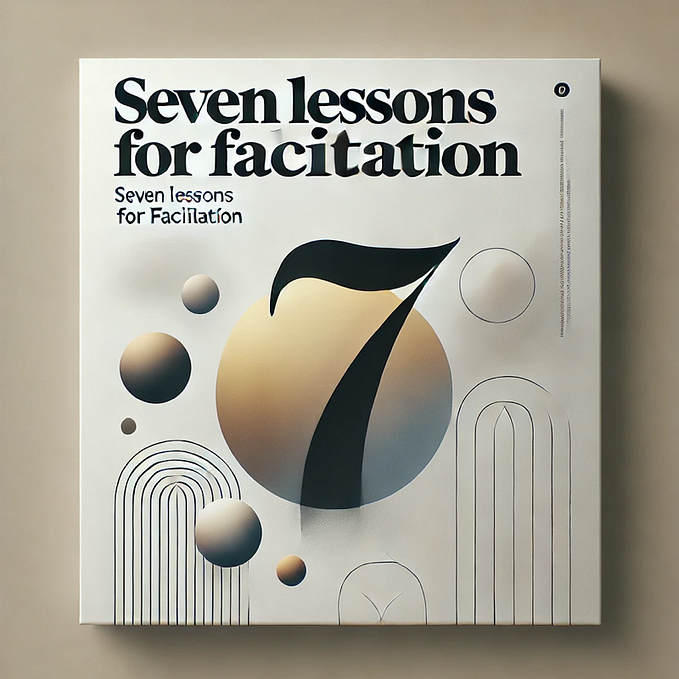
Exiting The Exit
Below please find a guest column that Elizabeth“Beezer”Clarkson and I contributed to Fortune Term Sheet, in which we debate what makes for a better exit — an IPO or acquisition? Thanks to Erin Griffith for including us.
Everyone in the venture-backed technology industry — entrepreneurs, venture capitalists, and limited partners — can probably agree that a healthy exit market is critical. Without sufficient exits, there would be a liquidity gap, which would negatively impact everyone. Yet not all “successful exits” affect all the players in the venture world the same way. Accordingly, there are different views on the best path to liquidity.
Take IPOs. They’ve historically generated amazing returns for employees and investors — more than M&A exits.
But that has changed in recent years. In 2016, of the 513 VC-backed tech exits in the U.S., 499 were M&A events. These M&A exits represent $56.7 billion, versus the mere $9.6 billion exit value from the year’s 14 tech IPOs. Further, for first time since 2008, not a single tech IPO in 2016 saw more than $250 million raised, and only four offerings raised more than $100 million, according to PitchBook data analysis by Sapphire Ventures.
Further, much of the appreciation that used to happen in the public markets is now happening in the private markets, given the increase in late stage investing and “private IPOs.” This can benefit investors able to sell secondary interests, but those deals rarely match the historical returns of a ‘successful’ IPO and ensuing run in the public market markets.
This means an IPO today might not have the same impact for investors, employees and LPs that it used to. Its impact depends on how much of the company’s appreciation happened in the private markets versus the public. Below, we debate the pros and cons. (Sapphire Ventures has a direct growth-stage fund that invests in expansion-stage IT companies as well as an evergreen vehicle that makes LP investments into early-stage venture funds.)
Marakovic: We always seek to invest in companies that we believe will be able to go public one day, and as a result, we have a disproportionately high IPO exit ratio relative to the industry. Of the 41 exits we’ve had since becoming an independent entity six years ago, 16 were IPOs and 25 were M&A.
Typically, the IPO is not just a more successful return from a financial perspective, but it’s an indicator of success in itself: It’s validation that public investors also believe the company is viable and sustainable. Moreover, it puts the company in a better position to really disrupt an industry. And I think that’s what it’s all about for us — helping create companies that are meaningful and reshape industries.
Clarkson: LPs also care deeply about doing right by the entrepreneur and the company.
IPOs are a very important part of the venture ecosystem. And something LPs look for from the venture funds in which they invest. With that said, when venture funds look to make distributions post-IPO back to their LPs, many LPs prefer cash to receiving public stock. Cash is simpler and cleaner. Not all LPs have internal public stock expertise, so knowing when to hold or sell stock can be complicated or expensive if they have to pay others for guidance.
In addition, some LPs have an internal rule that when they get stock, they must sell it. In practice what happens then is that the stock price can shift between the time the stock is distributed and the time the LPs sell it. If the stock price drops in that time, the carry paid to the venture fund does not take the price the LP sells at into account. Rather the carry is calculated based on a rule agreed upon in advance, for example a five or ten day rolling average pre-distribution.
So if by the time the LP sells the stock is lower, the LP has lost money. On the other hand, the stock price could go up and the LP can gain additional benefit.
We understand that venture funds might have different views on how long to hold a public stock. For example, many early-stage VCs who have been with a company since its first venture round, view exiting at the IPO or as soon as possible as a rational business decision. For later-stage venture funds, longer hold times and even buying public stock on occasion can be appropriate. We encourage all of our funds to have a clear policy on public stock, for everyone’s benefit.
Marakovic: Many years back, in advance of our first IPO, we surveyed our friends in the VC industry (general and limited partners) to see what best practices were out there and saw that only a very few firms have real policies in place.
We decided to implement our own that, while providing for exceptions, created a standard framework to sell up to a third of our shares at the first opportunity (typically a secondary stock sale by company or open market sale post-lock up) with the remainder staged over 12 to 24 months, in an orderly fashion so as to not negatively affect the company. There are exceptions, and in all cases the over-riding objective is to do right by the company. VCs often tend to hold public shares too long, as venture capital is a hit-driven business and you want to ride your winners for as long as possible.
Clarkson: M&A exits can make for great exits too. The cash M&A exit is, for the most part (escrow aside), a real exit — i.e. you get cash back from the investment and everyone knows exactly what it’s worth.
Marakovic: There is another interesting set of tensions at play here — maximizing IRR versus multiple. While VCs pay attention to IRR, they get paid on multiple of cash generated. And longer holding periods can increase the deal multiple but tend to reduce IRR. In our experience, most LPs will focus on multiple of capital over IRR because of their long-term perspective and willingness to maximize value over time. However, some LPs prefer having cash available to re-invest sooner rather than enduring a long tail holding period that does not accrete meaningful additional value in the portfolio. If an LP has great deal flow and access, it may be preferable to re-invest the returned cash into other strong fund opportunities that have higher expected value.
So we strive for the IPO (even if we are not selling shares in the IPO) and hope that companies will go on and do even greater things post-IPO. A good cash M&A exit that is based on a strong multiple of forward earnings keeps cash coming back and is a very close second.
It’s worth noting that neither exit is a real exit for entrepreneurs and CEOs. For the most part, they can’t sell their shares in the IPO and then have significant constraints put on their ability to sell shares in the public market. In the M&A scenario, key employees are often tied to the acquiring entity for a while through various mechanisms including re-vesting and retention grants. On top of that, this is the entrepreneur’s only egg in the basket, where VC and LP decisions are driven by broader portfolio management.
This originally appeared in Fortune Term Sheet on March 1, 2017







